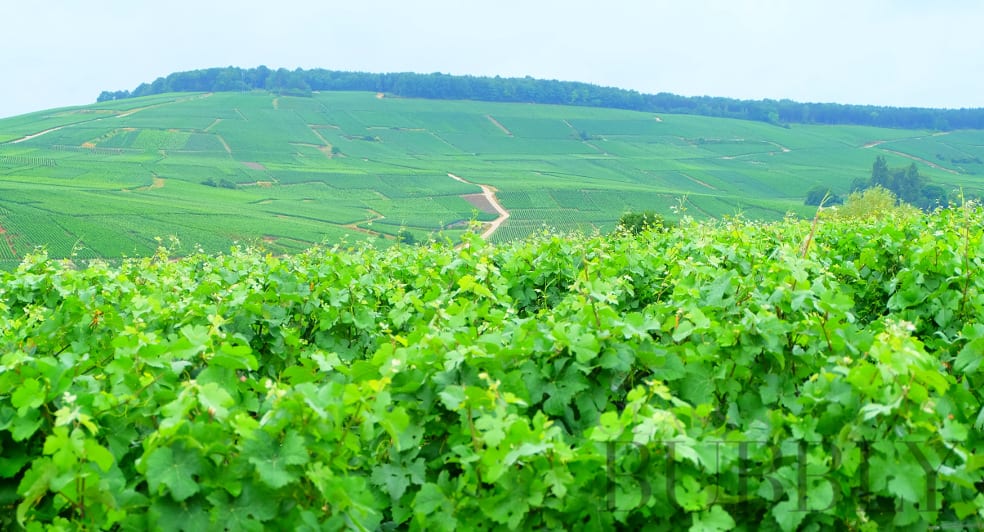How the Internet Changed Wine Regions & Fostered New Ones
15th May 2024

The internet has made the world feel a lot smaller, and the wine industry is no exception. The most famous wines had developed through special regions with ideal conditions and a long tradition of grape cultivation. Now the connectivity of the internet has made those wines more accessible than ever before and allowed new ones to find their feet.
Internet Accessibility
Historically, the most famous wine regions in places like France, Italy, and Spain were available to only the most exclusive clientele. While that’s still true for the best wine, the internet has made it easier to get your hands on champagne from across the planet.
The internet has done this for many other industries. E-commerce at large has made it easier to get luxury products while other industries like iGaming use the internet to deliver their service. For example, iGaming sites can help bring card tables to those who haven’t got a local playing spot and enable them to play a premium blackjack table game, where 3D digital assets are used to simulate the cards and the table they get placed on. Away from digital products, the internet has made it easier than ever to source, verify, and order quality wine from trusted suppliers.
While wine is still a classy product today, it was much more expensive and exclusive when the clientele was smaller. This meant that each region’s terroir – the physical land, cultural traditions, and production habits of a winemaking region – was not accessible to the average person. Even today, the king of sparkling wines is named after one of the most ideal terroirs in the industry – Champagne.
The Internet’s Terroir
By fostering online communities centered around people’s interests, wine enthusiasts have had decades to discuss and question each other on the finer points of winemaking and how the industry functions. Some parts of terroir are immutable, like the bedrock the grapes are set on and the microbial profile of the soil each vine grows in. However, the cultural element has become a lot more blended thanks to the internet.
It’s a sorting exercise, as the best practices are amplified and broadcast far beyond the terroirs they spawned from. In some ways, modern wine has become unshackled from the geography that made them possible. Culture is valuable, however, so there are valid concerns that winemaking culture and practices may become homogenous when thrown into the internet’s blender. However, this hasn’t happened yet, and the rise of newer, more modern wines from untapped terroirs has only made the old historical stuff even more prestigious than it already was.
Fostering New Terroirs
Modern developments in both communication and agriculture have also created new terroirs that may not have existed without support. For example, regions that don’t have a reputation for winemaking like Australia have entered the industry to serve local and international markets. Undoubtedly the work of dedicated enthusiasts, these start-ups and new operations source invaluable knowledge from the internet to guarantee their success as both farmers and as businesspeople.
Then there is wine science, the quantification of things that past generations knew. Wine tastes different depending on where it’s grown, everyone knows that, but now it’s possible to find out why and replicate conditions, or artificially improve terroirs that wouldn’t have been viable before.
By making old wines more accessible and supporting new winemaking regions in the world, the internet has made the future of wine much brighter. Enthusiasts can expect a wider variety of wine in the future, but nothing will replace old bottles of wine from the world’s most respected terroirs.
![]()
Glass of Bubbly Content
Content shared by this account is either news shared free by third parties or advertising content from third parties and affiliations. Please be advised that links to third party websites are not endorsed by Glass of Bubbly Ltd - Please do your own research before committing to any third party business promoted on our website.
